A Dietitian’s Guide on How to Eat Healthy Without Cooking
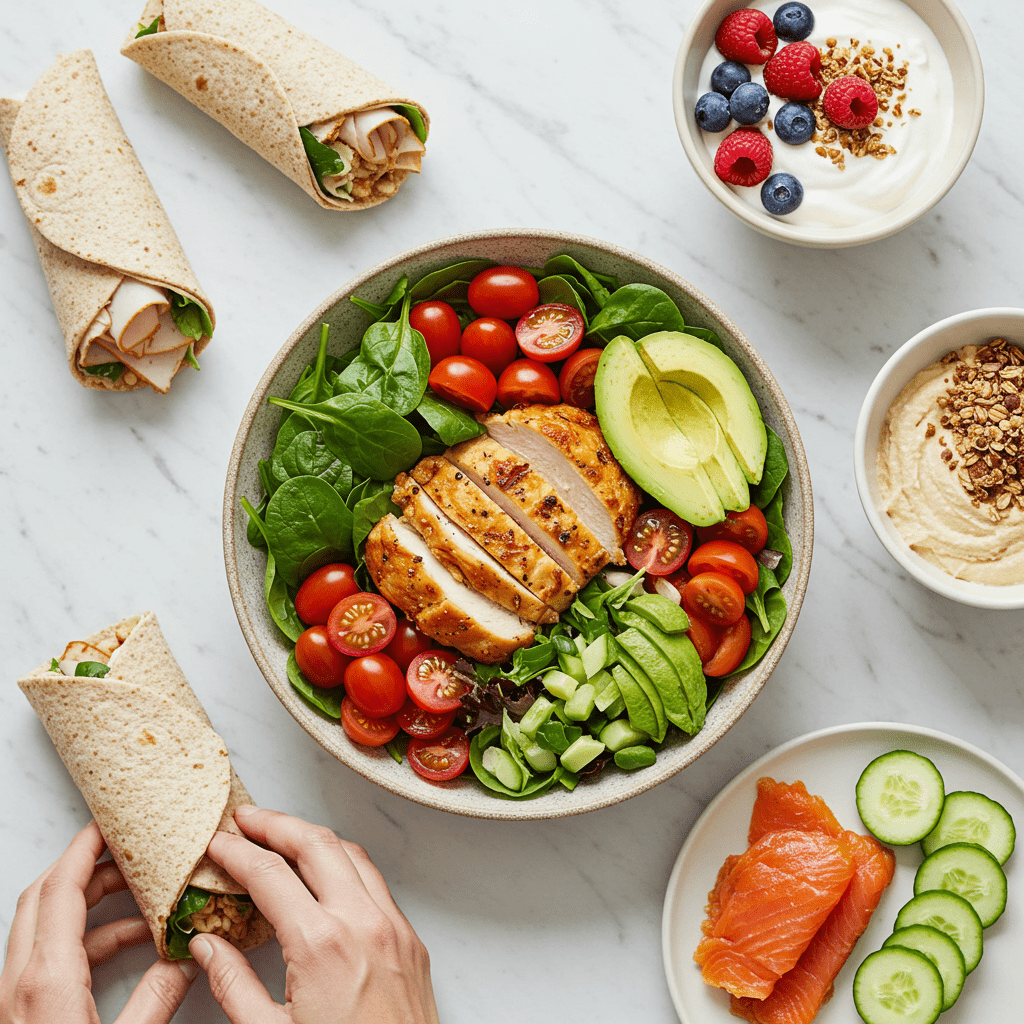
Between a demanding job, family schedules, and trying to find a moment for yourself, who has the energy to cook a healthy meal from scratch every night?
The pressure to prepare a perfect, home-cooked dinner can feel overwhelming, often leading to takeout or skipping meals altogether.
As a Registered Dietitian with over 8 years of experience, I see this struggle constantly.
So many people believe that healthy eating has to be complicated, but I’m here to tell you that’s not true.
You can build balanced, nourishing, and delicious meals without ever turning on your stove or oven.
This isn’t about being lazy; it’s about being strategic.
Let’s walk through a simple, dietitian-approved framework to make healthy eating your new reality, no matter how busy you are.
What Makes a No-Cook Meal Actually Healthy and Filling?
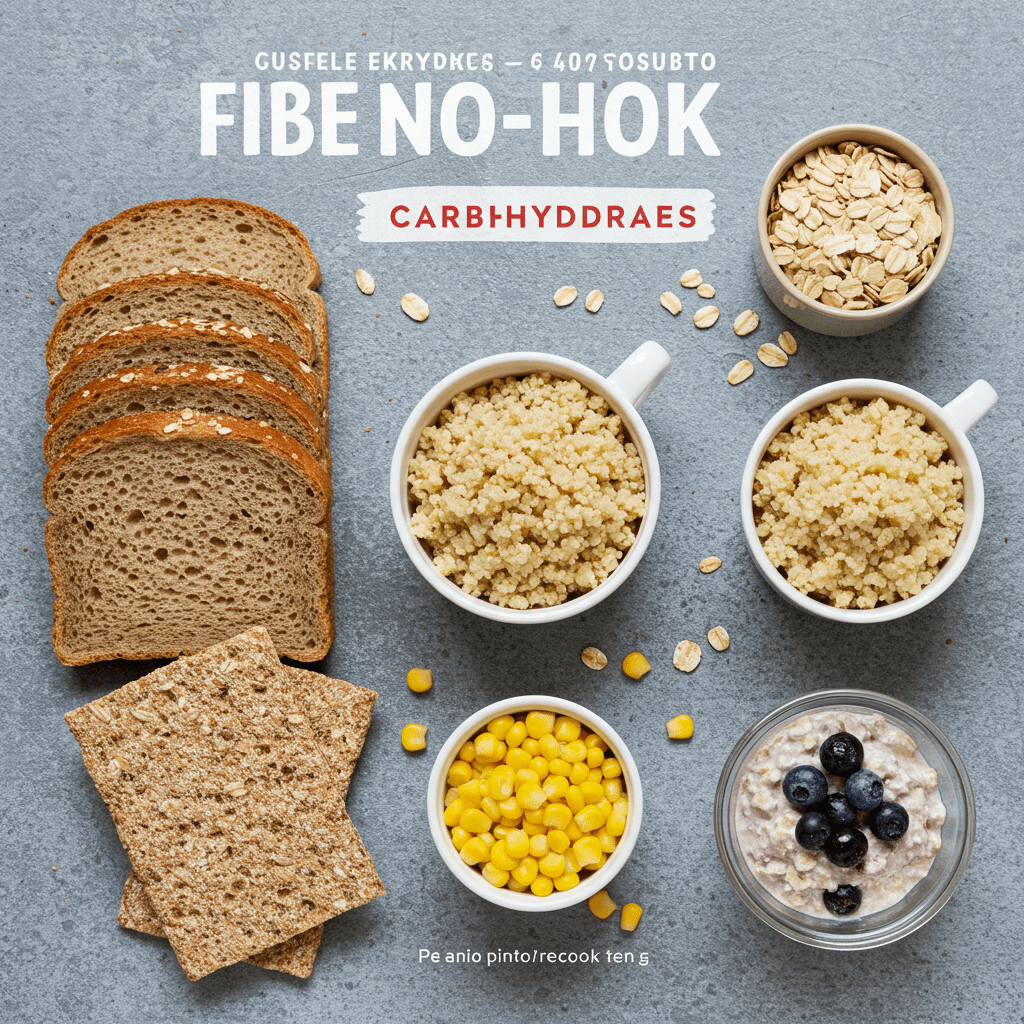
The secret to a satisfying no-cook meal isn’t just grabbing random healthy items; it’s about building a plate that provides balanced nutrition to keep you full and energized.
In my practice, I teach clients the ‘PFC Plate Method’—a simple way to ensure every meal has what your body needs.
It stands for: Protein: The foundation for satiety.
Protein helps keep you feeling full and satisfied long after you eat, preventing late-night cravings.
Research from the American Journal of Clinical Nutrition consistently shows that higher-protein meals increase feelings of fullness.
Fiber-Rich Carbs: Your body’s primary energy source.
Choosing carbohydrates that are high in fiber (like whole grains, beans, and starchy vegetables) ensures a slow, steady release of energy, avoiding the blood sugar spikes and crashes associated with refined carbs.
* Color (Fruits & Veggies): This is where you get your vitamins, minerals, and antioxidants.
Each color in produce offers different health-protective phytonutrients.
The Centers for Disease Control and Prevention (CDC) notes that only about 1 in 10 adults get enough fruits or vegetables, so making this a priority is a game-changer for your overall health.
By ensuring each meal contains these three components, you create a powerful synergy that supports stable energy, muscle maintenance, and long-term wellness.
Step 1: Pick a Powerful, Ready-to-Eat Protein
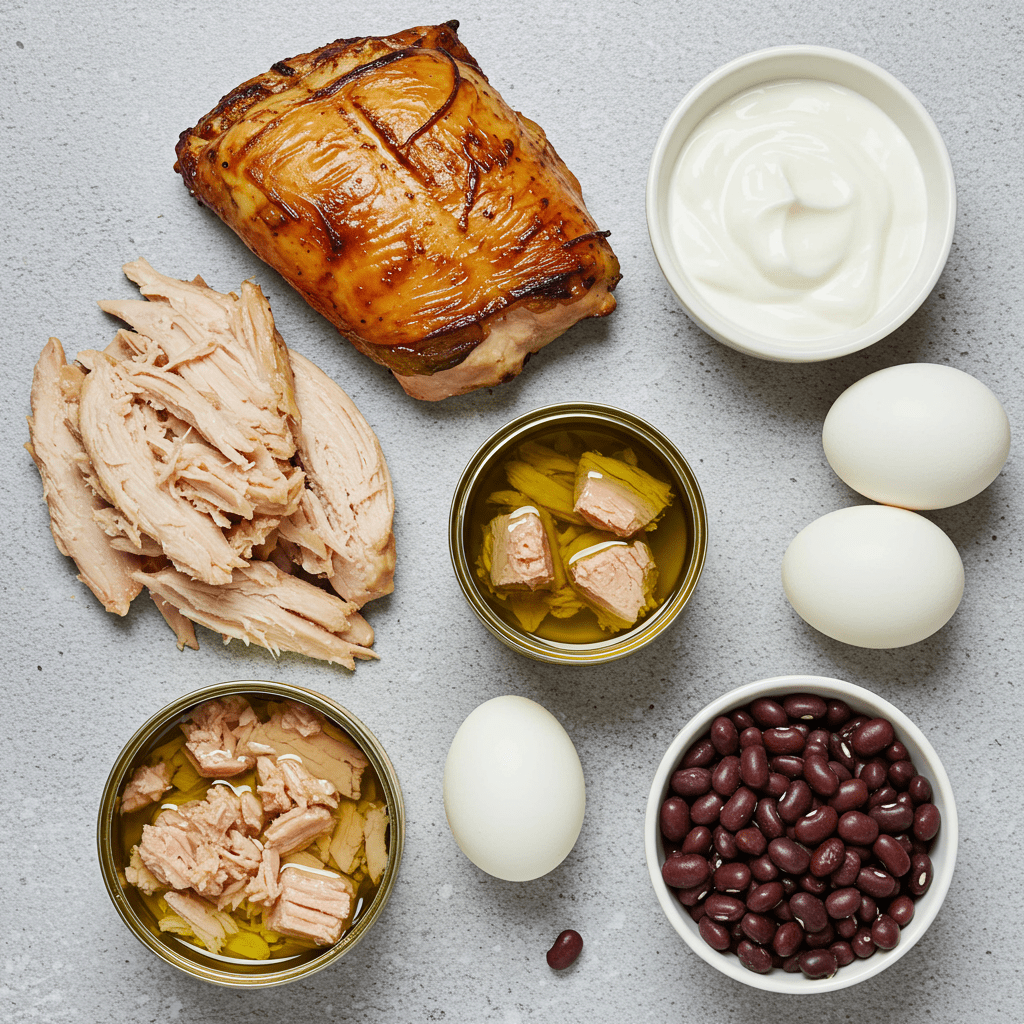
Protein is the hero of our no-cook meal.
It’s what makes the difference between a light snack and a substantial meal that holds you over.
Here are some fantastic, ready-to-eat protein sources: Rotisserie Chicken: A true time-saver.
You can shred it for salads, wraps, or rice bowls.
One 3-ounce serving packs about 25 grams of high-quality protein.
Canned Fish (Tuna, Salmon, Sardines): Inexpensive, shelf-stable, and packed with protein and anti-inflammatory omega-3 fatty acids.
Look for options packed in water or olive oil.
Pre-Cooked Shrimp: Found in the freezer or refrigerated section, cooked shrimp is a lean protein source perfect for tossing into salads or bowls.
Greek Yogurt & Cottage Cheese: A single cup of plain Greek yogurt can provide over 20 grams of protein.
Cottage cheese is another powerhouse.
Use them as a base for a sweet or savory bowl.
Deli Meats (Turkey, Ham, Roast Beef): Choose low-sodium, minimally processed varieties when possible.
They are perfect for sandwiches, wraps, or roll-ups with cheese.
Canned Beans & Lentils: Excellent plant-based sources of both protein and fiber.
A 2016 review in Nutrients highlights their role in promoting satiety and weight management.
Rinse them to reduce sodium.
* Hard-Boiled Eggs: Many stores now sell pre-peeled hard-boiled eggs.
They are a perfect, portable protein.
A Quick Note on Food Safety: As a dietitian, I have to stress this: with pre-cooked and ready-to-eat foods, handle them safely.
Make sure rotisserie chicken and cooked shrimp are kept refrigerated and consumed within 3-4 days, according to USDA guidelines.
Step 2: Add a Fiber-Rich Carb for Lasting Energy
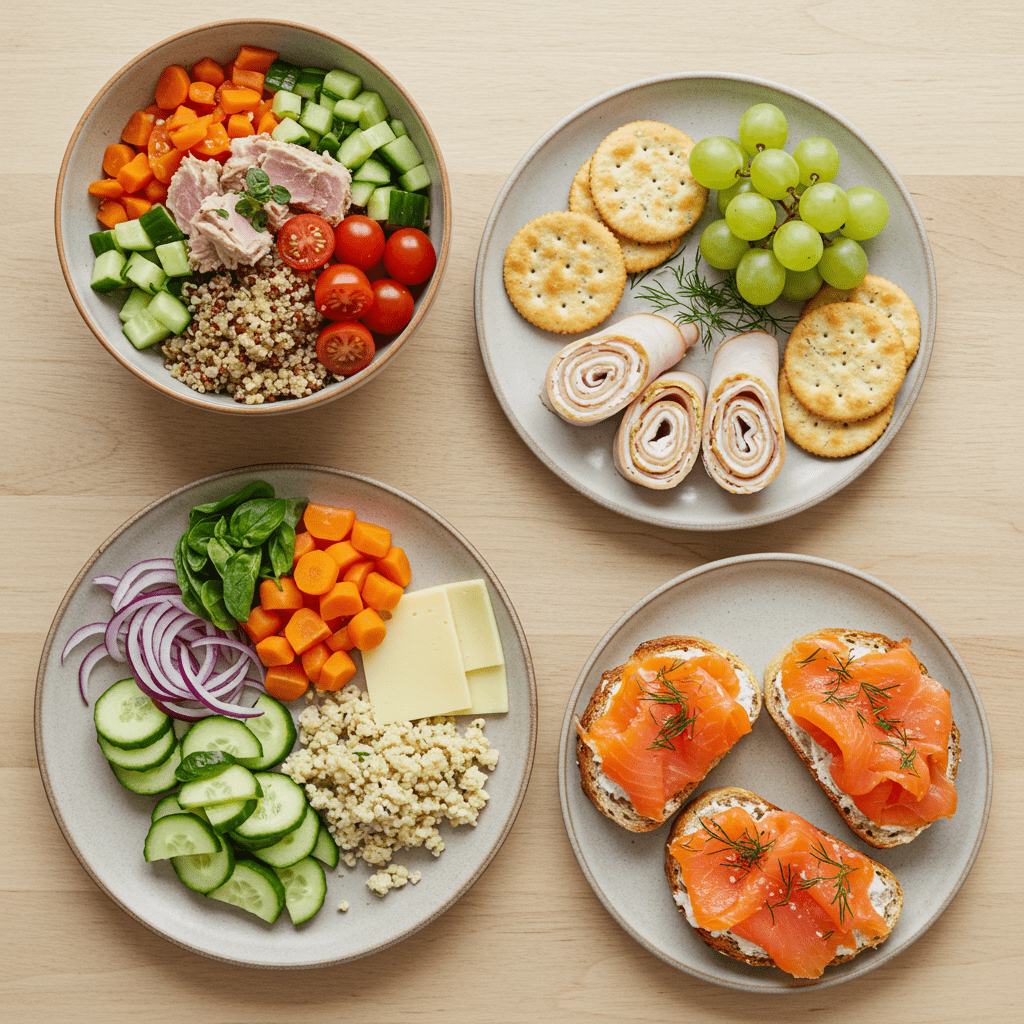
Carbohydrates are not the enemy; they are essential for energy.
The key is to choose complex carbohydrates that are rich in fiber.
Fiber slows down digestion, promoting a gradual release of sugar into your bloodstream for sustained energy.
Here are my favorite no-cook carb choices: Whole-Grain Bread, Wraps, or Crackers: Look for ‘100% whole wheat’ or ‘whole grain’ as the first ingredient.
These are perfect for building sandwiches or as a side for a “charcuterie” style plate.
Microwaveable Brown Rice or Quinoa Cups: While technically requiring a microwave, these single-serving cups are ready in 60-90 seconds and offer a fantastic, fiber-filled base for any meal bowl.
Canned Corn or Peas: These starchy vegetables add carbohydrates, fiber, and nutrients.
They are easy to toss into any salad or bowl.
Overnight Oats: This is a brilliant no-cook breakfast or lunch.
Simply combine rolled oats, milk (or a milk alternative), and Greek yogurt in a jar, and let it sit in the fridge overnight.
In the morning, you have a creamy, delicious, and fiber-packed meal.
* Beans and Lentils: Yes, they’re here again!
Their combination of protein and complex carbs makes them a nutritional superstar, perfect for rounding out any meal.
The Academy of Nutrition and Dietetics emphasizes that dietary fiber is crucial for digestive health and lowering disease risk.
Step 3: Fill Your Plate with Color (Fruits and Veggies)
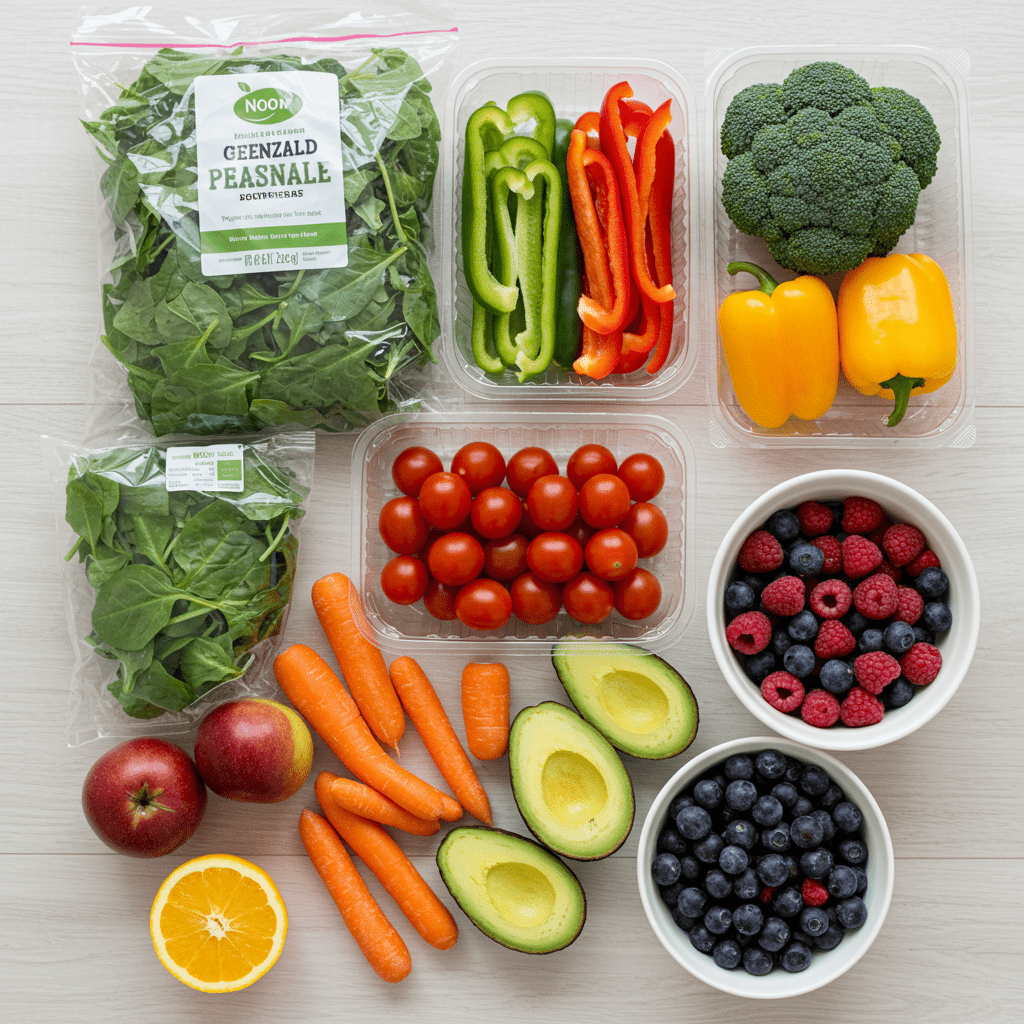
Think of this step as painting your plate with health.
Fruits and vegetables provide essential vitamins, minerals, and antioxidants that protect your body from disease.
The more colors you can add, the wider the variety of nutrients you’ll get.
Bagged Salad Mixes: The ultimate convenience.
Grab a bag of pre-washed spinach, arugula, or a spring mix.
You can take it a step further with coleslaw mix for extra crunch.
Pre-Cut Fresh Veggies: Most grocery stores offer containers of pre-chopped celery, carrots, bell peppers, and broccoli.
Perfect for dipping in hummus or adding to a salad.
Cherry Tomatoes & Mini Cucumbers: No chopping required.
Just rinse and add them to any meal for a burst of freshness and hydration.
Frozen Fruits & Vegetables: Don’t discount the freezer aisle!
Frozen produce is picked and frozen at peak ripeness, often locking in more nutrients than fresh versions that have traveled a long way.
Thaw some berries for your yogurt or steam a bag of mixed veggies in the microwave.
* Avocado: A fantastic source of healthy fats and fiber.
Mash it onto toast, slice it into a salad, or just eat it with a spoon and a sprinkle of salt.
Putting It All Together: 6 No-Cook Meal Ideas
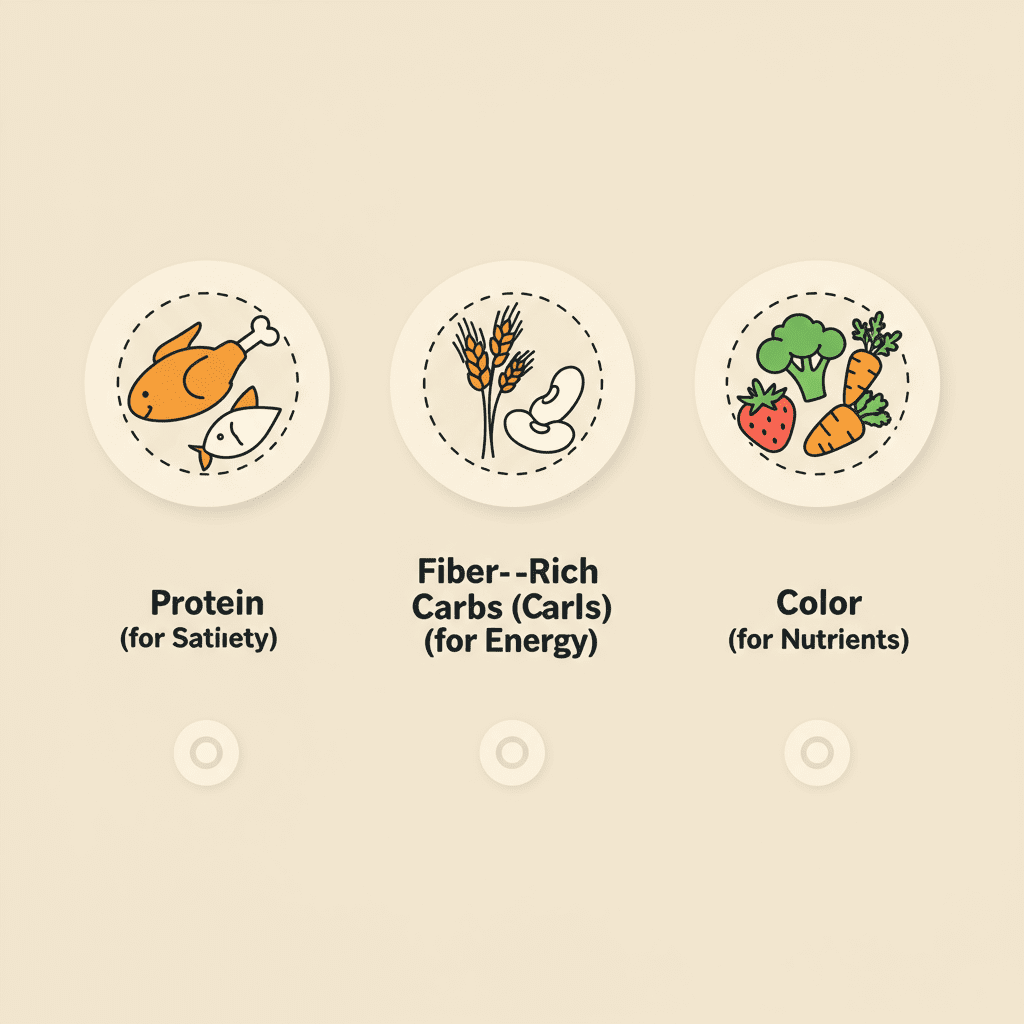
Now let’s put it all together using the PFC Plate Method.
These ideas show just how delicious and satisfying no-cook eating can be.
1.
Speedy Chicken & Avocado Wrap: Spread a whole-wheat tortilla with hummus.
Top with shredded rotisserie chicken, a handful of spinach, sliced avocado, and a sprinkle of feta cheese.
Roll it up and enjoy.
2.
Mediterranean Tuna Bowl: In a bowl, combine a can of tuna (drained), a cup of microwaveable quinoa, a handful of cherry tomatoes, chopped cucumber, and some canned chickpeas.
Drizzle with lemon juice and olive oil.
3.
The Adult Lunchable: Arrange slices of deli turkey and cheddar cheese on a plate with whole-grain crackers, a handful of grapes, baby carrots, and a small handful of almonds.
4.
Quick Shrimp & Black Bean Salad: Toss a bag of pre-washed salad greens with cooked shrimp, canned black beans (rinsed), canned corn, and crushed tortilla chips for crunch.
Top with your favorite salsa or a creamy chipotle dressing.
5.
Savory Cottage Cheese Bowl: Top a bowl of full-fat cottage cheese with sliced hard-boiled egg, everything bagel seasoning, and some chopped chives.
Serve with whole-grain crackers on the side.
6.
Smoked Salmon & Cream Cheese Toast: Toast a slice of whole-grain or sourdough bread.
Spread with cream cheese (or mashed avocado) and top with slices of smoked salmon, capers, and fresh dill.
Conclusion
Let’s be honest: the belief that healthy eating requires hours in the kitchen is one of the biggest myths I bust as a dietitian.
You don’t need a “perfect” life to nourish your body well; you just need a smarter strategy for your real life.
By focusing on the PFC Plate Method and stocking your kitchen with convenient, nutrient-dense options, you’re not taking a shortcut—you’re creating a sustainable system for health.
Start with one or two of these no-cook meals this week.
Notice how you feel.
You have the power to eat well, even on the busiest of days, and it starts with giving yourself permission to do it simply.

[…] items can be the very thing that helps you stick to your health goals, and it’s a key part of how to eat healthy without cooking every […]